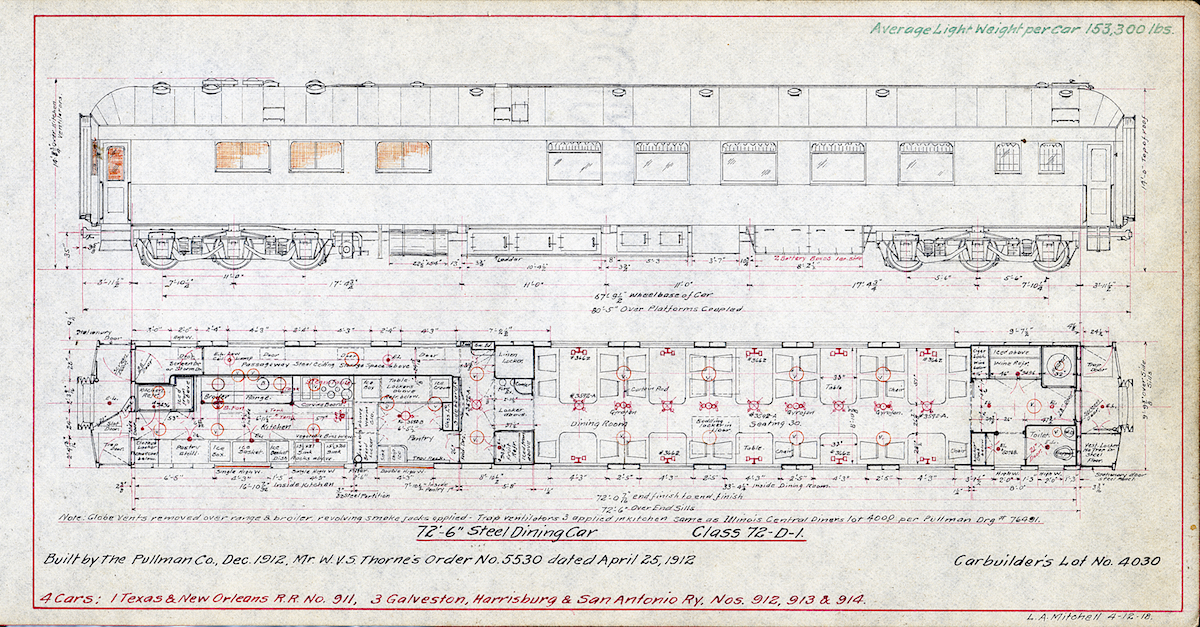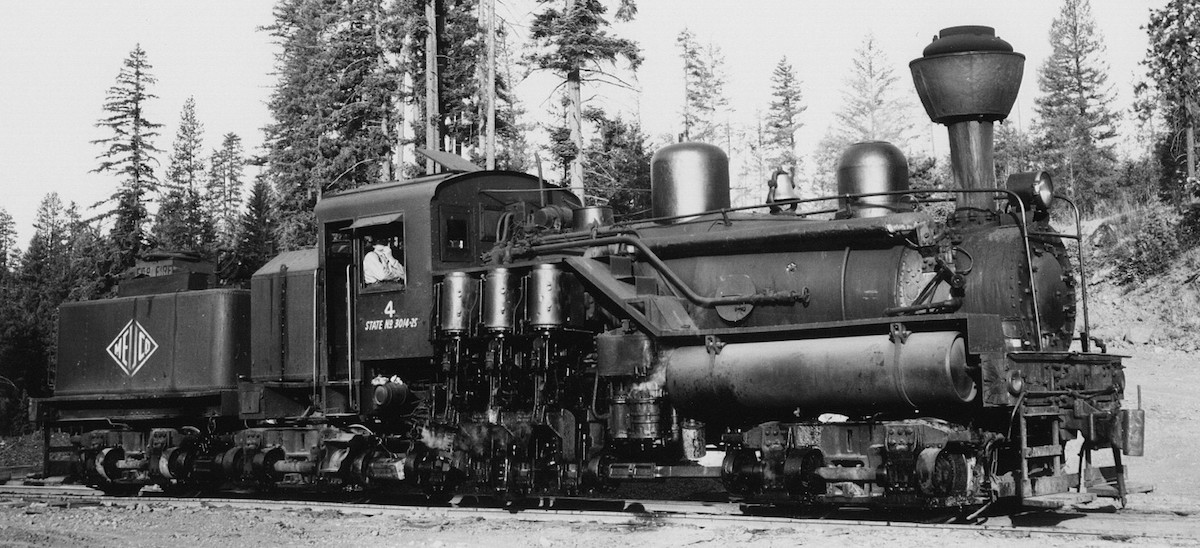
To return to the EQUIPMENT page click on EQUIPMENT above
Ex Southern Pacific Harriman Dining Car
Copyright 2023 by the Southern Oregon Railway Historical Society
Below is the original engineering drawing of the diner from Southern Pacific records.
In February 2004 our Society was donated a classic "Harriman Lines" dining car. Built as T&NO #911 for Southern Pacific Railroad subsidiary Texas & New Orleans by the Pullman Car Company in 1912, it was the first all-steel dining car built for the Southern Pacific. T&NO #911 was part of a 4 car order Class 72-D-1; The other 3 cars being Galveston, Harrisburg & San Antonio Railway #912-914 - another SP subsidiary. The car is 72'6" long.
The car was assigned to the finest of T&NO passenger trains. It was built to seat 30 patrons in the finest of comfort. Our dining car was originally equipped with ice air conditioning, and was later rebuilt around 1939 to mechanical air conditioning. Due to demands of WWII the car was converted to seat 40 people in March 1944, and restored back to 30 seats by March 1947.
As newer, more modern dining cars entered service, T&NO #911 was reassigned to less important long distance passenger trains. Then at some unknown date T&NO 911 was transferred to parent company Southern Pacific Lines operations and assigned new number SP10022 for use on secondary long distance passenger trains mostly in Oregon. We do not know for sure although it is possible that this car was used in passenger service to and from Medford.
Later it was downgraded from passenger service and assigned to SP's wrecker train fleet as SPMW7003F. As part of a wrecker train it was converted to feed hungry workers out in the field that were cleanibg up large derailments or working at large track work projects. Finally it was assigned SPMW718, the number it has today.
The car's mahogany finish, and Karpen seats upholstered with Spanish leather, was retained because of it was eye pleasing and durable.
The kitchen retmained basically unchanged as it still uses coal to heat the stove and broiler. Most of the changes are mechanical in nature, (e.g. lighting system & fixtures) but the basic design remained unil the car was removed forever from regular passenger service.
The dining car is shown here on its way from Eugene, Or. to the Rogue Valley in Southern Oregon in 2008.
The move through Eugene yard took two days over uneven ground to reach the nearest live rail behind the Eugene Diesel Shop. During the next three years the car sat outside, and later inside the Diesel shop. During this period another Society freight car - an ex-U.S. Military boxcar - was moved from Albany to join the diner and await the move to Medford.
THE FIRST MOVE - ALL ONE-HALF MILE OF IT!!!
The dining car was last used in Eugene Yard as a classroom for training and safety meetings. Located next to the Eugene hump, the track the car rested on had been disconnected from the outside world many years ago. When the car was donated to the Society it was with the provision that we promise remove it quickly.
First we needed to raise the necessary $8,000. it would take to hire a house mover to move the car the nealy half-mile distance to live track. After raising the money we contracted the move with Chris Schoap Building Movers of Eugene.
The two photos below show how the un-restored interior of the car looks today.
911 after a derailment at Wicopee, Oregon on December 29, 1942. Because there was a shortage of dining cars during WWII, it was taken to the Sacramento Shops and rebuilt. It was put back into service a year later.
Southern Oregon Railway Historical Society
A Chapter of the National Railway Historical Society
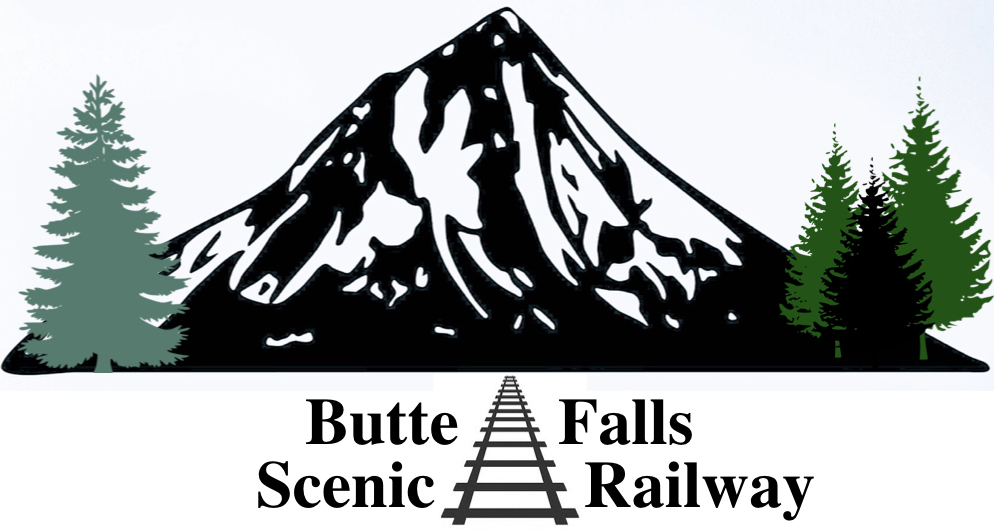
 SP T&NO 911 (06).jpg)
After 1939 rebuild
 SP T&NO 911 (01)-2.jpg)
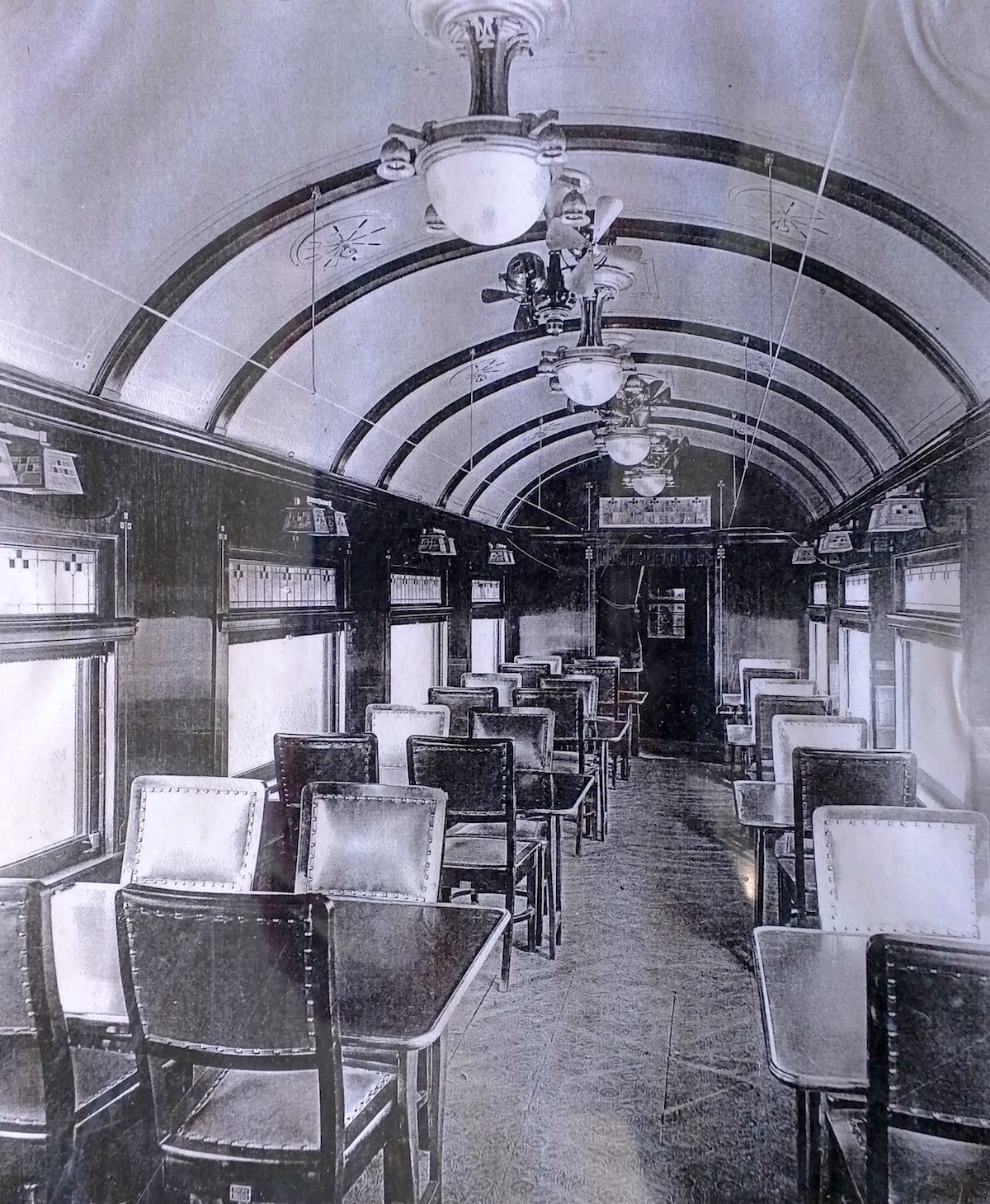
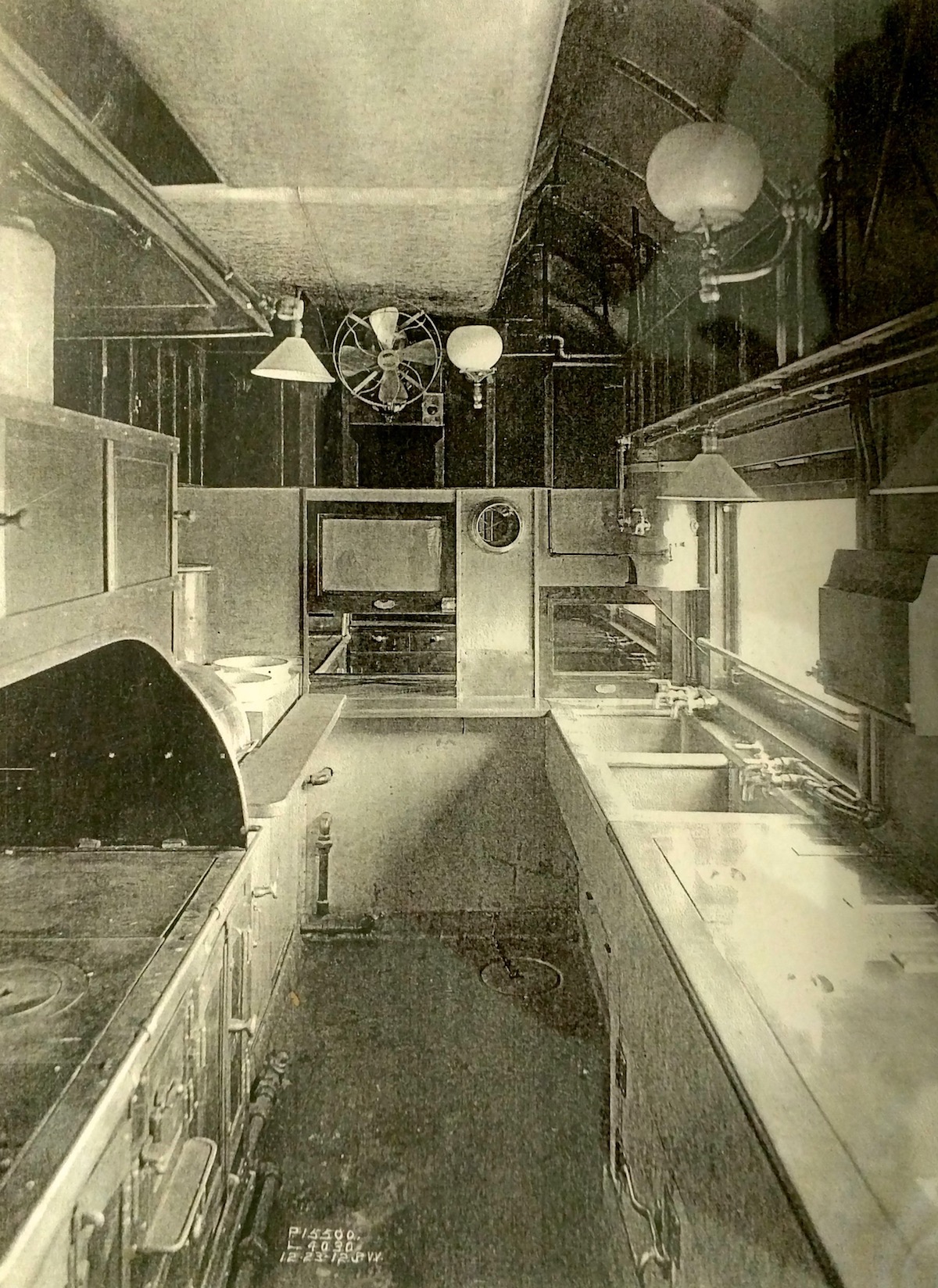
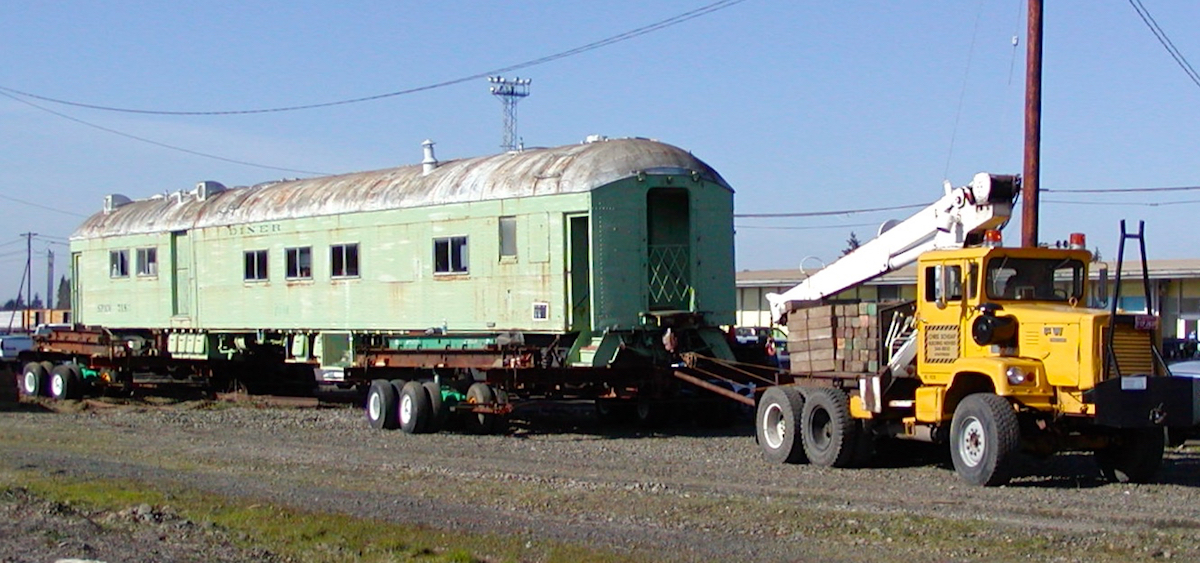
Photo: Jerry Hellinga
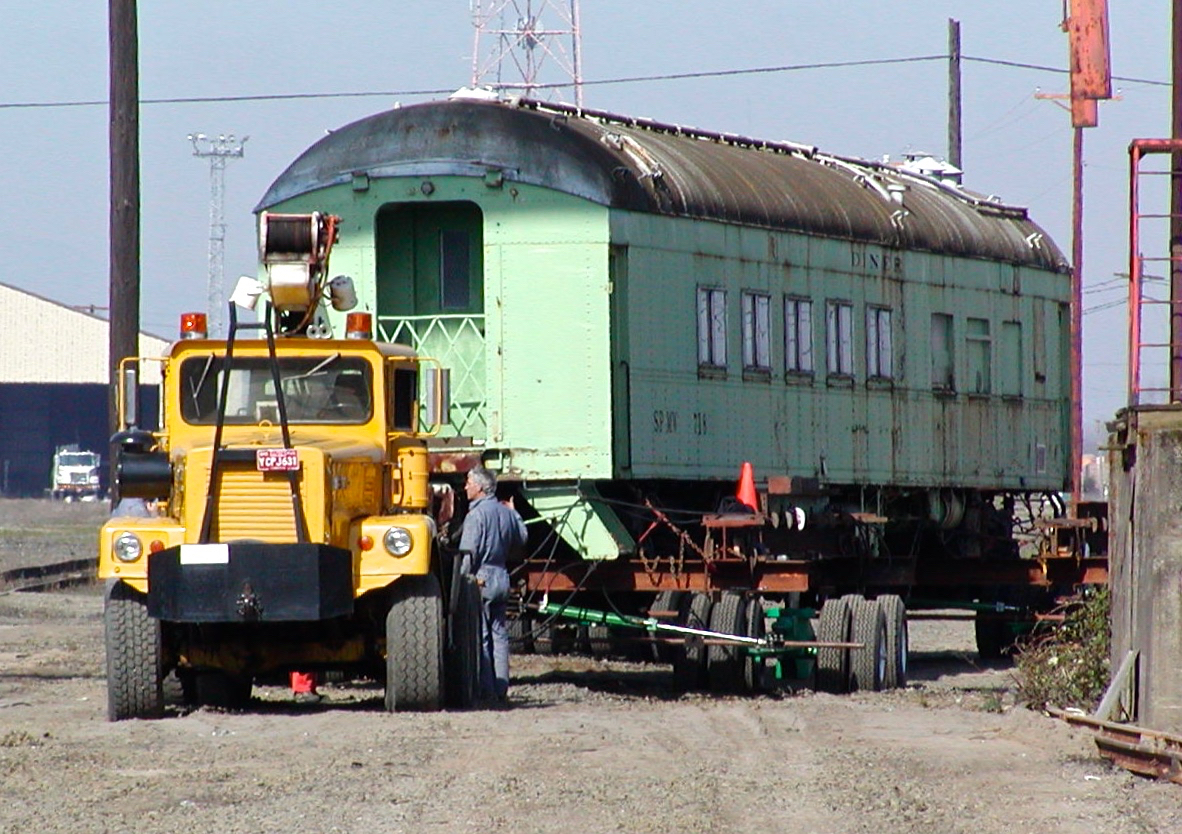
Photo: Jerry Hellinga

Photo: Todd Montgomery
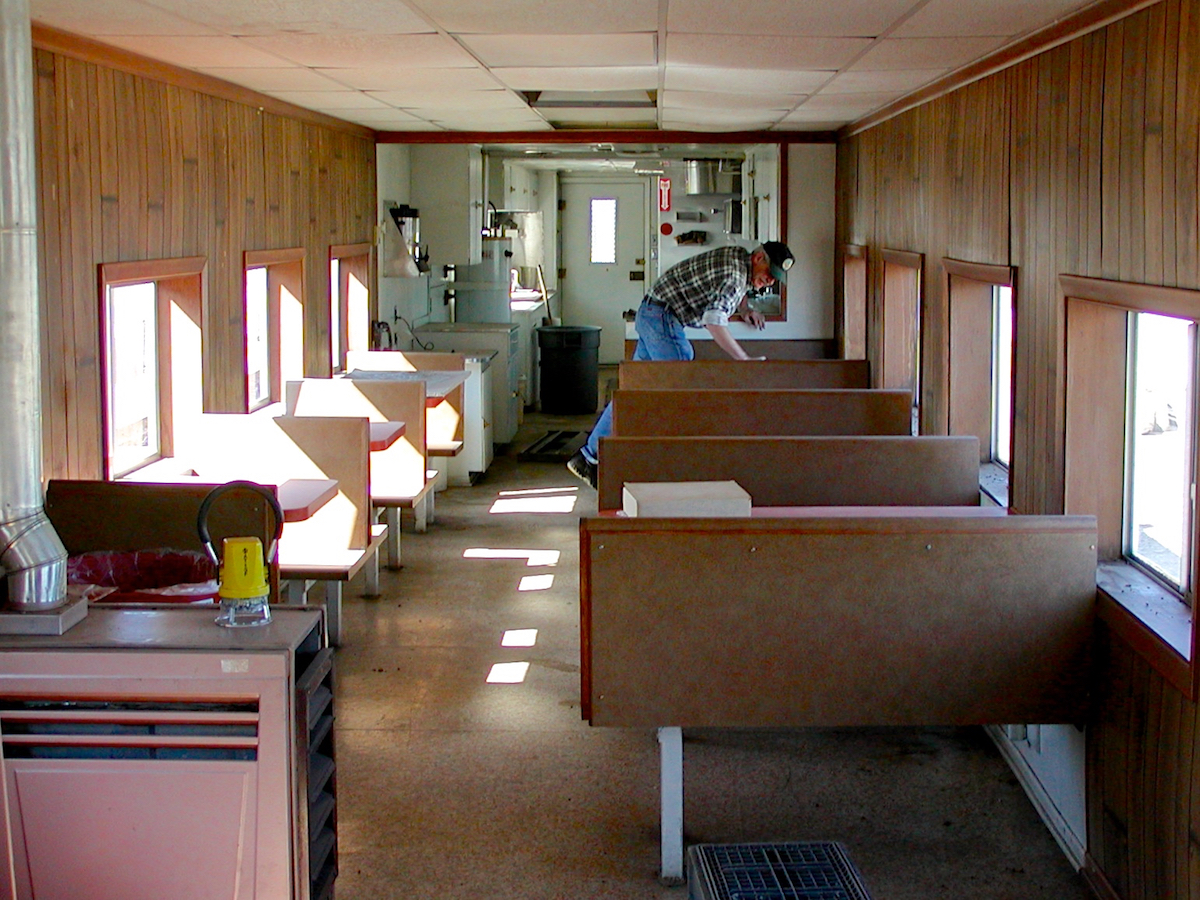
Photo: Jerry Hellinga
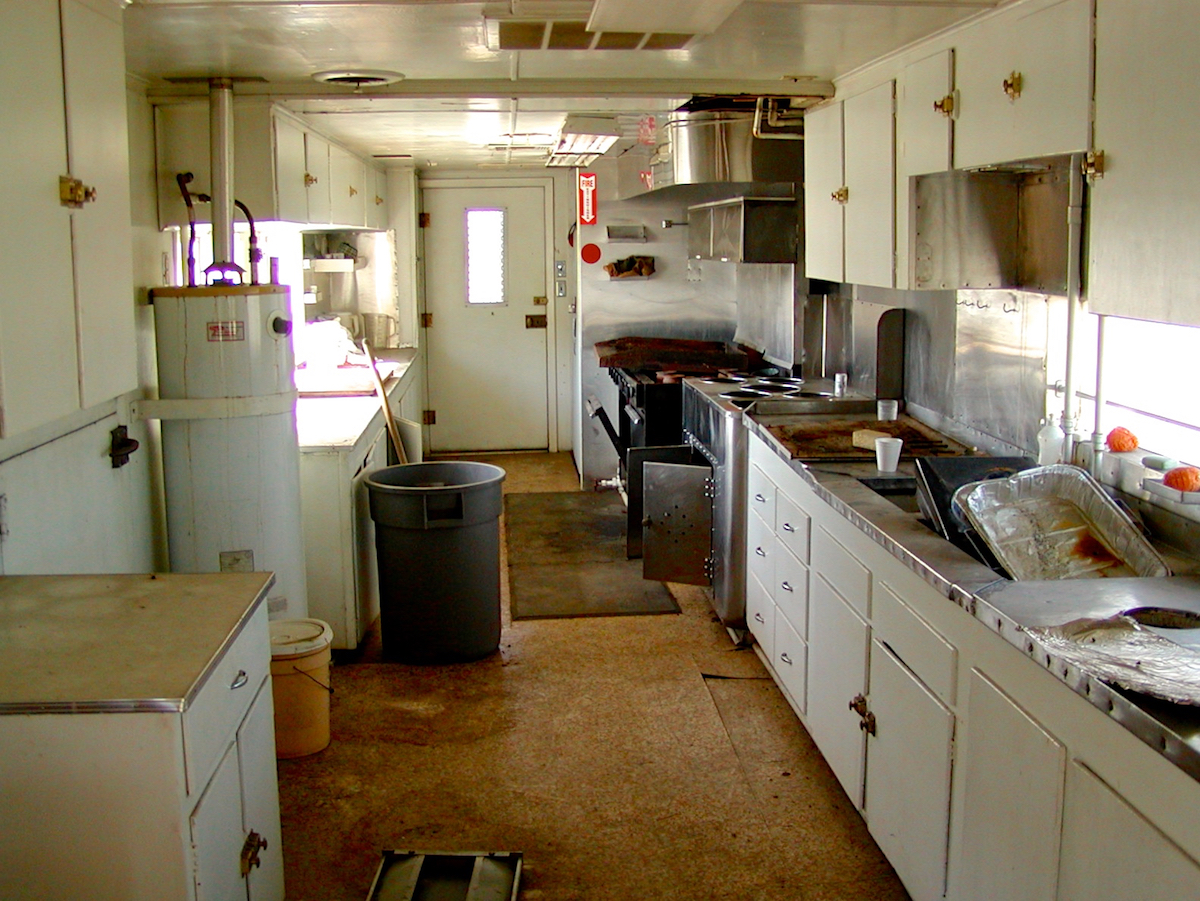
Photo: Jerry Hellinga
